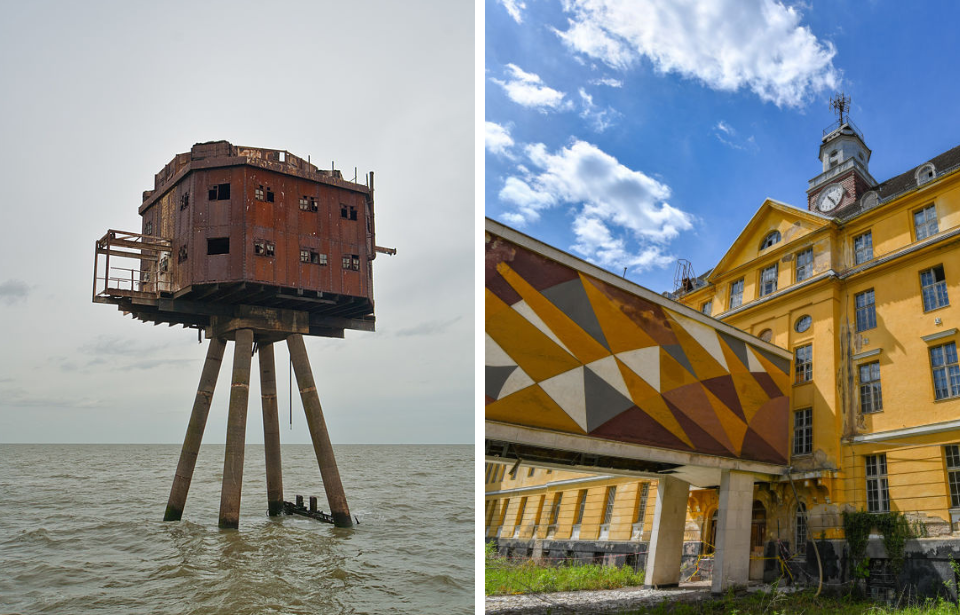With such a lengthy history of human conflict, it’s no wonder there’s no shortage of military installations worldwide. What happens to them when war ends and the battles are done? Many are simply left to the mercy of nature. Some of these locations are pretty impressive, whether because of the location or the architecture. These are six of the most amazing abandoned military bases around the world.
Maunsell Forts, United Kingdom
The Maunsell Forts are a series of towers built in the Mersey and Thames estuaries to help the United Kingdom defend the country during the Second World War. They were named after Guy Maunsell, their designer, and modeled in a similar fashion to raised oil platforms. The construction of these forts began in 1942. Some were operated by the Army, and others by the Navy.
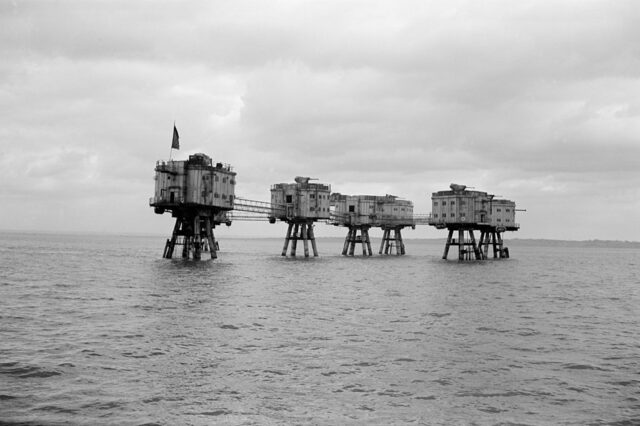
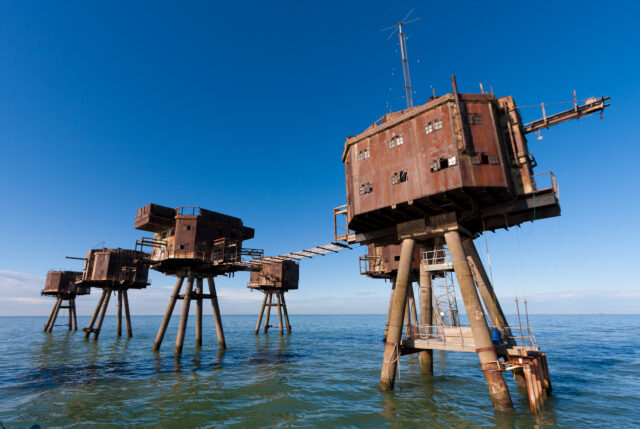
It wasn’t until the late 1950s, well after the war finished, that the forts were decommissioned. That isn’t to say that they were put out of use entirely. Instead, many of them were used by pirate radio stations throughout the 1960s and the ’70s, and for the creation of the infamous Principality of Sealand. Sadly in 2007, the forts were deemed unsafe for use when a commemorative radio station wanted to use one of them. The standing forts now remain abandoned.
Teufelsberg, Germany
Teufelsberg, translated as Devil’s Mountain, isn’t a real mountain despite how it looks. It was actually built out of rubble and debris from West Berlin that was used to cover up Wehrtechnische Fakultät, an unfinished Second World War military college. Instead of leaving it to be overtaken by nature, the United States National Security Agency built a listening station at the peak.


It was operated as part of their global intelligence network from when the building was first constructed in October 1963 to the fall of the Berlin Wall in 1989. One of the most interesting parts of the facility is that no one really knows what the Americans were listening to. Supposedly the records with this information were to be released in 2020, but it’s unclear whether this happened. Although Teufelsberg is now fenced off, the public can still visit for a small fee.
Wünsdorf, Germany
Wünsdorf is a fascinating military facility. Although it’s situated in Germany, it is actually an abandoned Soviet base. Located just outside Berlin, it was home to soldiers and their families while they served outside of their homeland at the end of the Second World War. This wasn’t just any base, as it had an impressive complex full of shops, schools, amenities, and even a direct train back to the Soviet Union.


There were roughly 40,000 soldiers and their kin who lived at Wünsdorf at any given time. They operated there until September 1994 when the regime fell and they were ordered to return to their country. There were a number of bunkers located on the site which were blown up according to the Potsdam Agreement so they couldn’t be used for future military use. Ownership of the area passed back to the German government, and it eventually fell into a state of disrepair.
Alcatraz, United States
As most people know it, Alcatraz was a prison and not a military base, but researchers have shown this wasn’t always the case. It was actually used first as a military battery as it was an ideal location to defend the California coastline. Construction of Fort Alcatraz began in 1853, finishing in 1859 when 200 soldiers arrived. At the start of the Civil War, the location was more heavily fortified but was eventually turned into a prison for privateers and Confederate sympathizers.
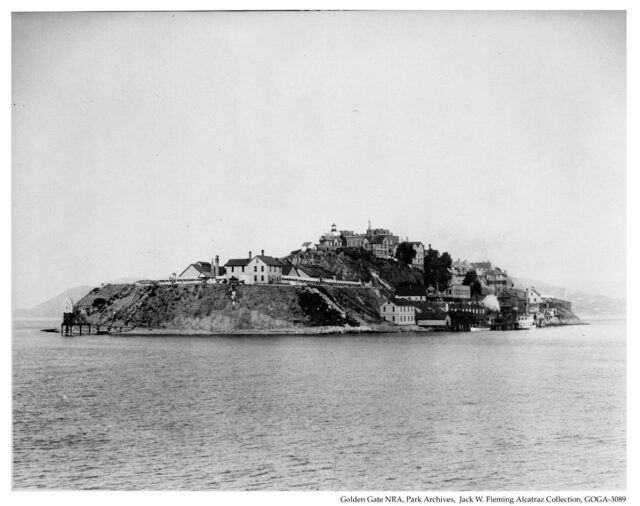
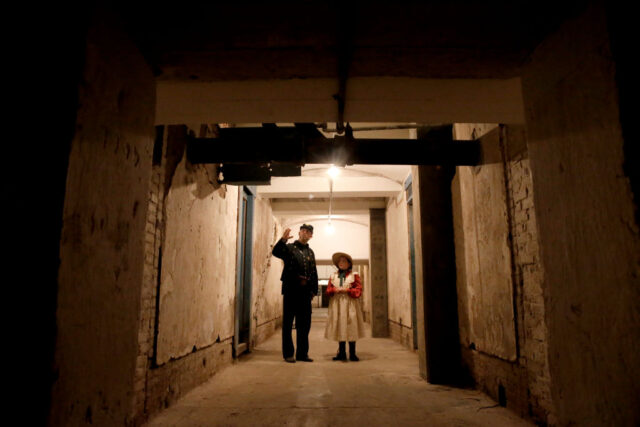
In 1868 it was decided that the base would be turned into a military prison, and then the Alcatraz Federal Penitentiary. Although this history was well known to some, in 2019 a team of researchers confirmed that the military infrastructure hadn’t actually been destroyed, it was just built over. They found magazines, a trench, and many earthworks. So not only is Alcatraz an abandoned prison, but it’s also an abandoned military base.
Saint-Nazaire, France
As one of the largest Atlantic harbors in France, Saint-Nazaire was an important location for Germany to occupy during the Second World War. To do so, they built a U-boat pen that would protect their submarines from Allied bombings. Construction began in February 1941, and the site was officially opened on June 30. The base was massive, with 14 submarine pens – many of which held two vessels.
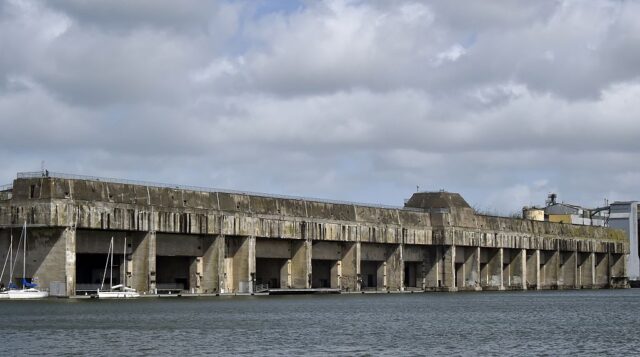
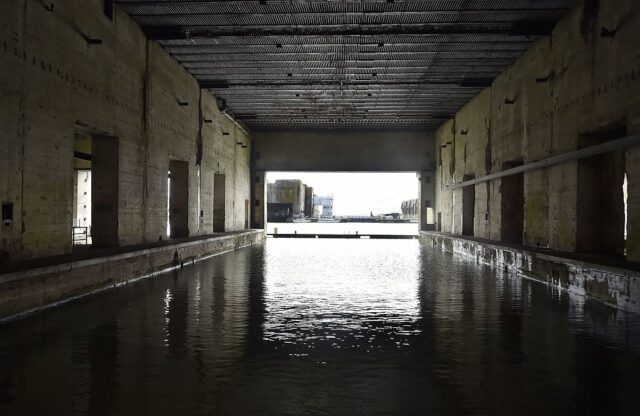
It also had facilities for the U-boat crews, including offices, dormitories, kitchens, a hospital, two bakeries, and even a restaurant. By the war’s end, it was abandoned and sat empty in the French port for many years. It wasn’t until 1994 that the city decided to turn it into something useful as both a cultural center and a tourist attraction. There are even concerts and art exhibitions now hosted inside the former military base.
Wolf’s Lair, Poland
Wolfsschanze, or the Wolf’s Lair, acted as the Führer‘s primary headquarters on the Eastern Front of the Second World War, specifically during Operation Barbarossa. It was designed to be top secret which is why it is located within the Masurian woods in Poland, only accessible by a private airstrip or by a small railway. The facility was heavily used as the Führer spent more time there than in any other location.
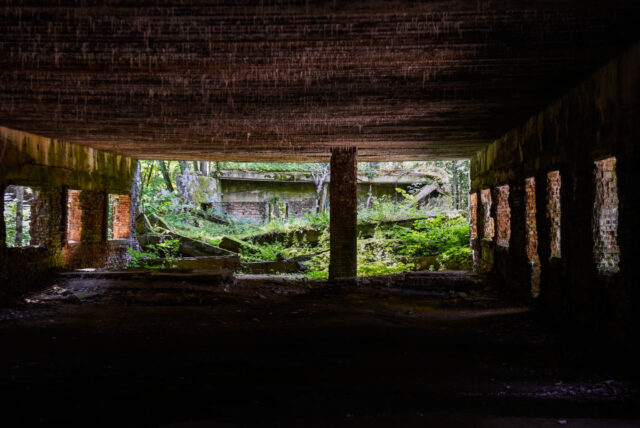
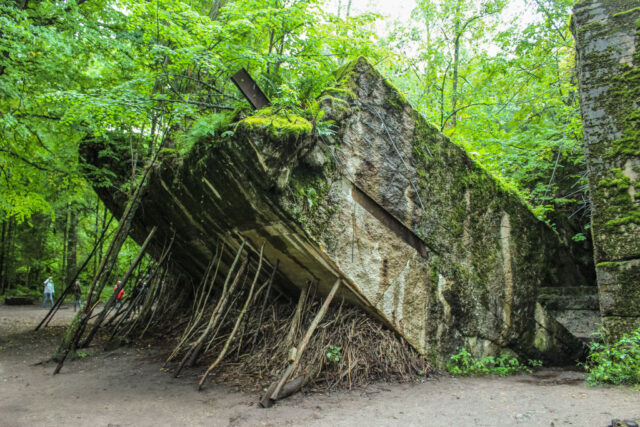
The site eventually grew to reflect this heavy usage. It had over 2,000 staff, three separate security zones, a minefield, and a personal armored division located nearby. This still wasn’t enough to stop an assassination attempt against the Führer in 1944. Eventually, the base was demolished at the end of January 1945, leaving many partially destroyed buildings. It was captured by the Red Army on January 27 of the same year.
More from us: Incredible Photos That Show What Satellites See From Above
When the war ended, over 54,000 land mines were cleared out of the area. It eventually became a popular place for tourists to visit.
